The best quality chocolate
The milk and dark chocolate bars that win on depth and flavour
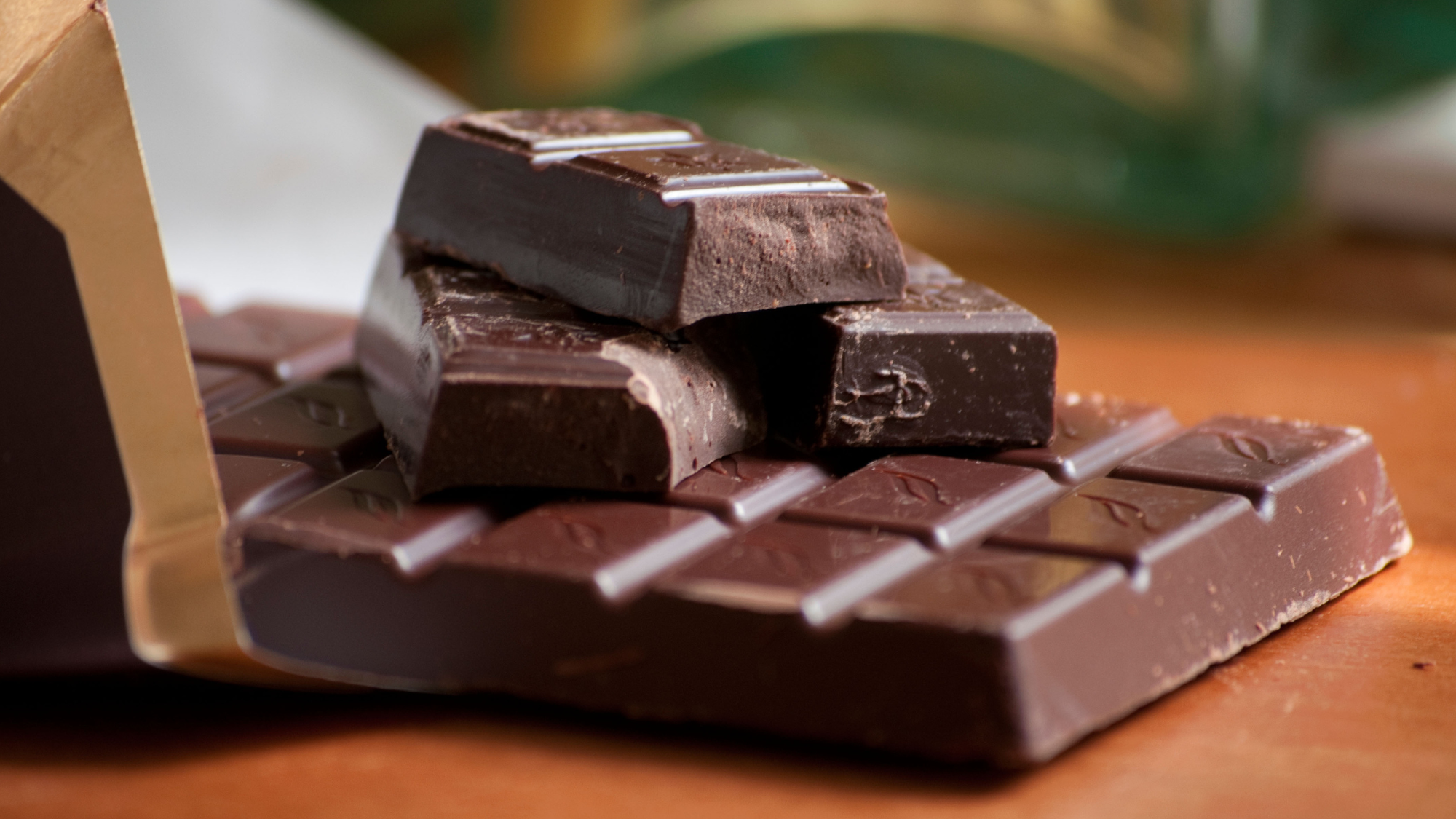
The cocoa content of Club and Penguin bars is now so “debased” that Britain’s much-loved lunchbox biscuits can no longer legally be marketed as chocolate, said Tony Turnbull in The Times. Their downgrading to “chocolate flavour” highlights how products that look and taste like chocolate may actually contain very little of the real ingredient.
Dire harvests in the world’s key cocoa-growing regions have sent the price of cocoa beans soaring, sparking a “cocoa crisis” that is affecting the solid chocolate bar sector, too. Some manufacturers are simply downsizing their bars (so you get less chocolate for your buck) but others are “adjusting” their product, using fewer cocoa solids and more palm oil or shea oil. As a result, it’s harder to find a flavourful bar of chocolate, made with good-quality ingredients, for a reasonable price.
Milk chocolate sold in the UK must contain a minimum 20% cocoa solids (lower than the EU’s 25% minimum but higher than the 10% specified in the US). White chocolate must contain at least 25% cocoa butter (milder and creamy that cocoa solids), and dark chocolate must contain at least 35% cocoa solids, although high-quality bars can have up to 90%. In all cases, the remaining percentage is usually made up of emulsifiers, flavourings and other fillers.
The Week
Escape your echo chamber. Get the facts behind the news, plus analysis from multiple perspectives.

Sign up for The Week's Free Newsletters
From our morning news briefing to a weekly Good News Newsletter, get the best of The Week delivered directly to your inbox.
From our morning news briefing to a weekly Good News Newsletter, get the best of The Week delivered directly to your inbox.
“Dark chocolate with a higher cocoa percentage typically has a richer, savoury taste,” said Which?, while bars with “lower cocoa percentage may be sweeter and more mellow”. For most people, a “70% cocoa content provides the perfect balance between sweetness and intensity”, said Tom Hunt in The Guardian.
The majority of chocolate is made from processed cocoa beans, which are then “conched” and “tempered” – technical terms for the aerating, heating and cooling steps that give good chocolate its glossy finish and distinct snap. If you’re after a higher-end, “more distinctive” product, look for “high-value bean-to-bar chocolate”, where the beans are “roasted and processed entirely in-house”.
Just like wine, which is influenced by the soil and climate in the region where the vines are grown, cocoa has a “its sense of terroir”, said Turnbull in The Times. Beans grown in Venezuela, for example, “range from nutty and creamy to dark and earthy”, whereas cocoa from Ecuador and Peru is more fruity, floral and caramelised. West African-grown amelonado beans are “earthy and bitter”, but can develop “notes of tobacco and rum” when grown in the Caribbean.
For milk chocolate, Pierre Marcolini Chocolat au Lait is the “best posh” choice. The Belgian chocolatier’s 44% milk bar “uses amelonado cocoa beans from São Tomé and Príncipe”, providing notes of “caramel and honey”. Tony’s Chocolonely Milk is the best supermarket choice. Although it only contains 32% cocoa solids, this still “gives it the edge over” Lindt Excellence (30%), and its “chunkiness” is an added bonus.
A free daily email with the biggest news stories of the day – and the best features from TheWeek.com
The best supermarket dark chocolate is Green & Black’s Organic 70% Cocoa bar, said The Guardian. It “starts with vanilla, then a powerful bitter cocoa flavour builds in complexity with sour notes, before finishing on a lingering sweetness”. With its “smooth and quick-melting texture”, it’s “excellent value as an entry-level organic chocolate”.
Will Barker joined The Week team as a staff writer in 2025, covering UK and global news and politics. He previously worked at the Financial Times and The Sun, contributing to the arts and world news desks, respectively. Before that, he achieved a gold-standard NCTJ Diploma at News Associates in Twickenham, with specialisms in media law and data journalism. While studying for his diploma, he also wrote for the South West Londoner, and channelled his passion for sport by reporting for The Cricket Paper. As an undergraduate of Merton College, University of Oxford, Will read English and French, and he also has an M.Phil in literary translation from Trinity College Dublin.
-
 Political cartoons for December 13
Political cartoons for December 13Cartoons Saturday's political cartoons include saving healthcare, the affordability crisis, and more
-
 Farage’s £9m windfall: will it smooth his path to power?
Farage’s £9m windfall: will it smooth his path to power?In Depth The record donation has come amidst rumours of collaboration with the Conservatives and allegations of racism in Farage's school days
-
 The issue dividing Israel: ultra-Orthodox draft dodgers
The issue dividing Israel: ultra-Orthodox draft dodgersIn the Spotlight A new bill has solidified the community’s ‘draft evasion’ stance, with this issue becoming the country’s ‘greatest internal security threat’
-
 Love chocolate? Travel to these destinations to get your sweet fix
Love chocolate? Travel to these destinations to get your sweet fixThe Week Recommends Treat yourself with chocolate experiences, both internal and external
-
 Saint Lucia: a haven for chocoholics
Saint Lucia: a haven for chocoholicsThe Week Recommends From cacao body wraps to chocolate-making classes, the Caribbean island offers an array of indulgent experiences
-
 The bougie foods causing international shortages
The bougie foods causing international shortagesIn the Spotlight Pistachios join avocados and matcha on list of social media-driven crazes that put strain on supply chains and environment
-
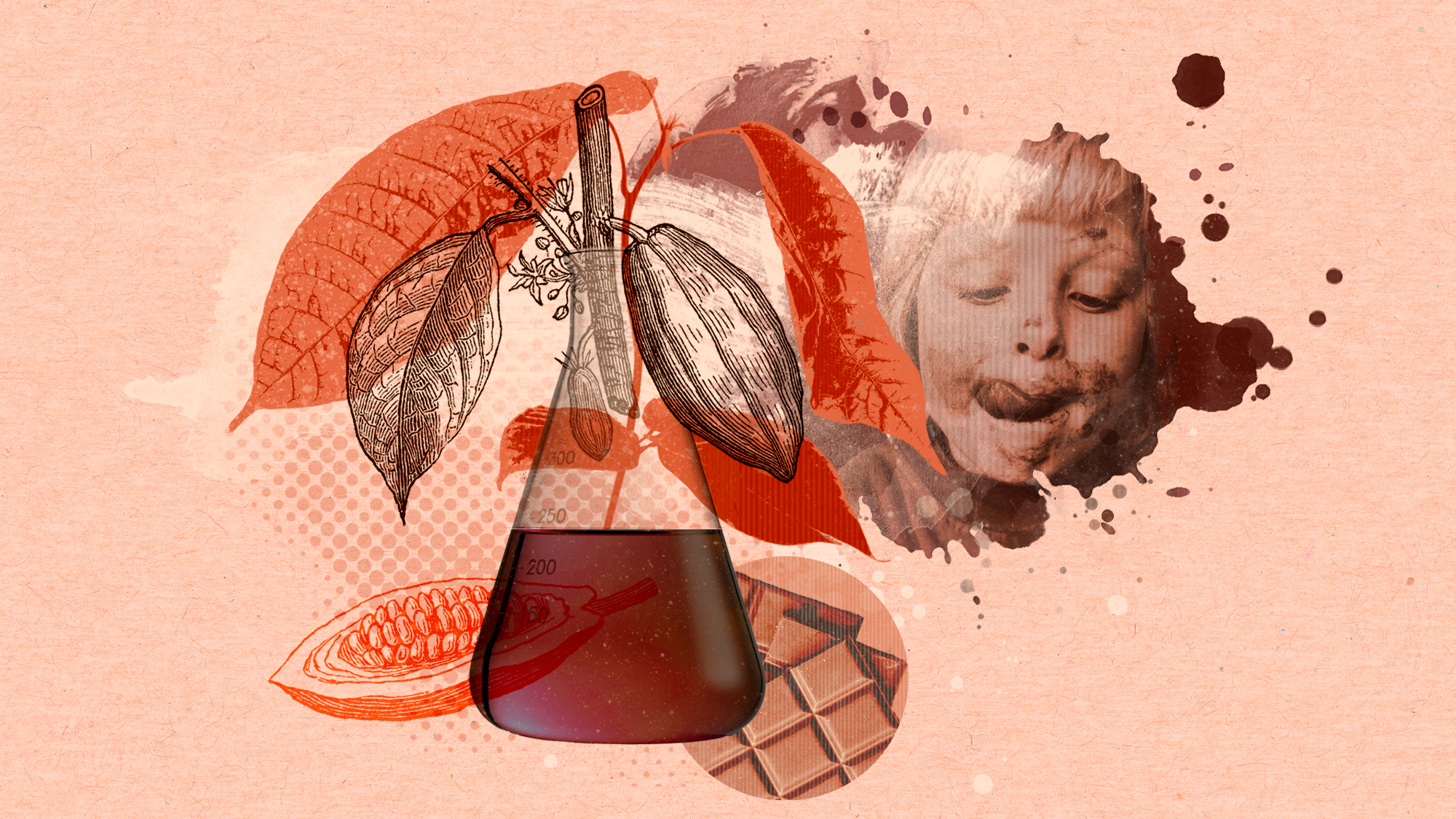 The secrets of lab-grown chocolate
The secrets of lab-grown chocolateUnder The Radar Chocolate created 'in a Petri dish' could save crisis-hit industry
-
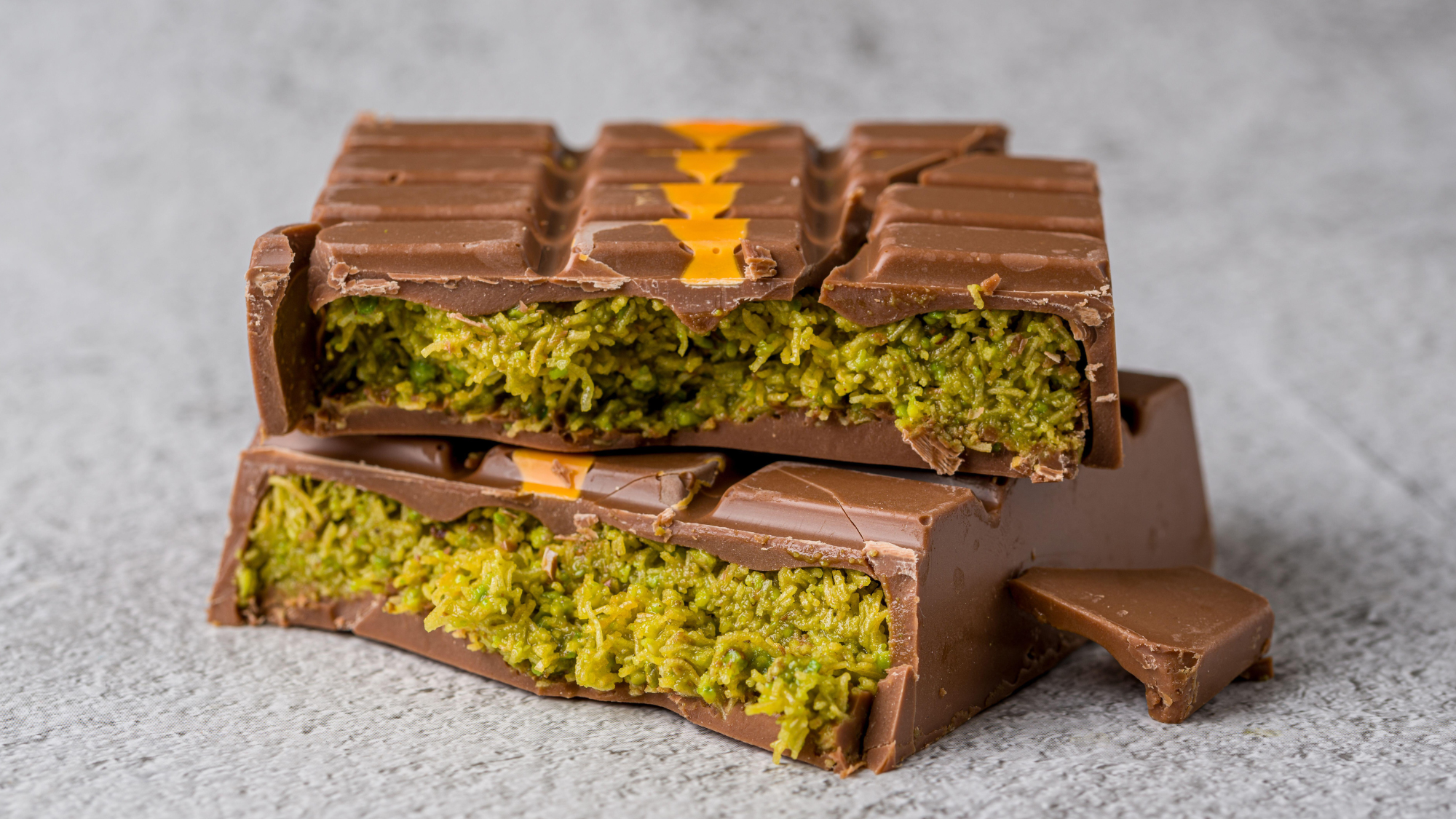 The best Dubai chocolate
The best Dubai chocolateThe Week Recommends The viral pistachio and filo chocolate bar has some delicious 'dupes' in UK supermarkets
-
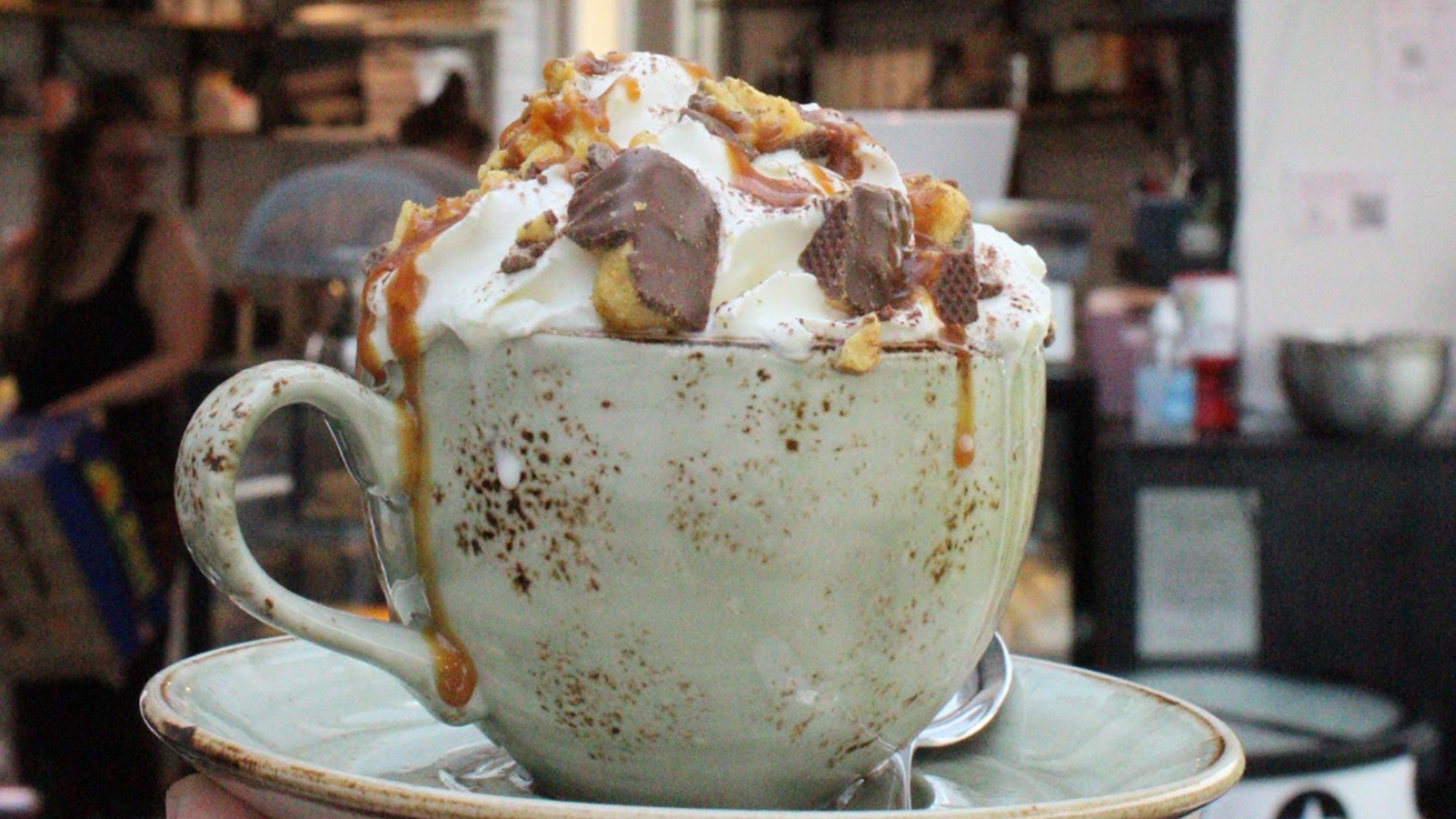 The best hot chocolates for a cosy treat
The best hot chocolates for a cosy treatThe Week Recommends Seven places to get really good hot chocolate around the UK
-
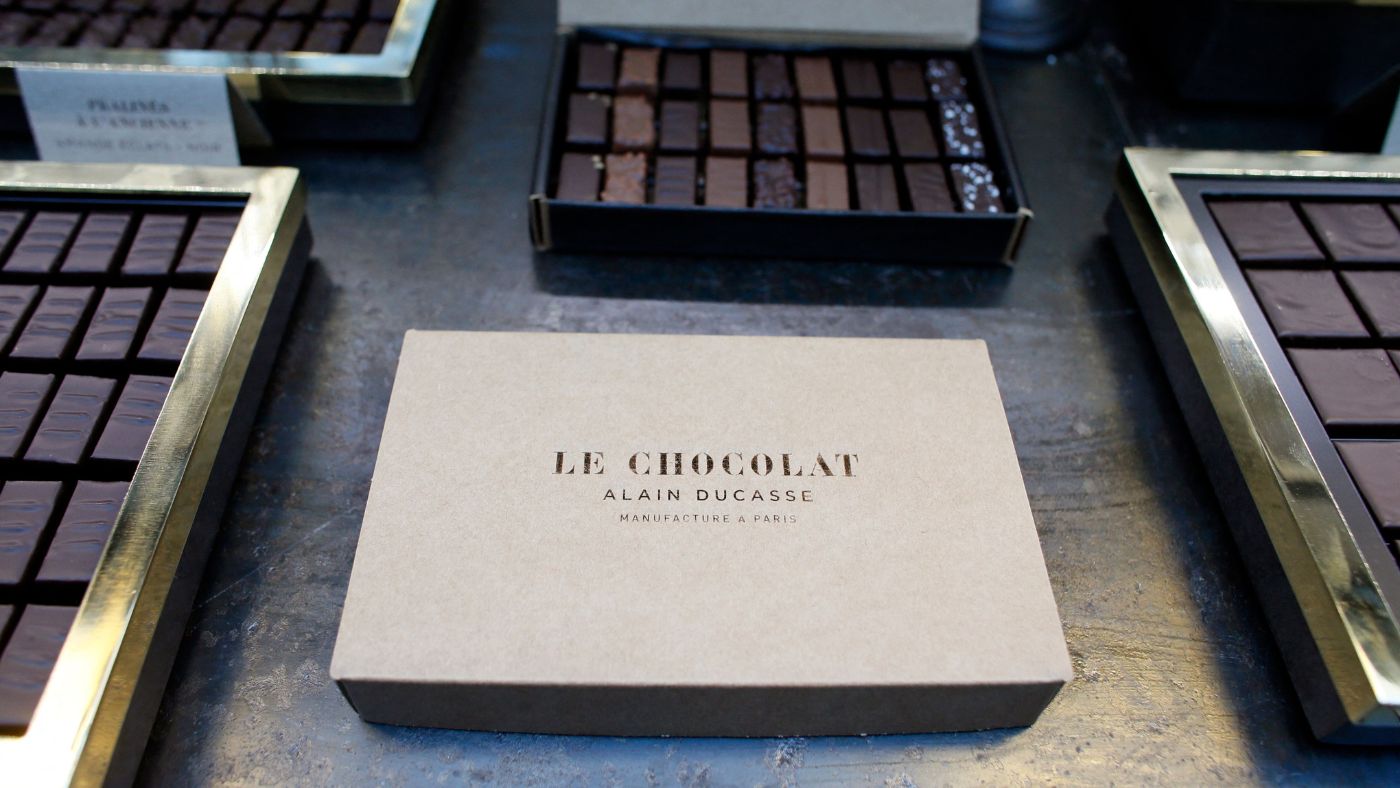 A tour of Alain Ducasse’s chocolate factory in Paris
A tour of Alain Ducasse’s chocolate factory in ParisUnder the Radar Star chef has spent a decade transforming chocolate – now it’s coffee, ice cream and biscuits
-
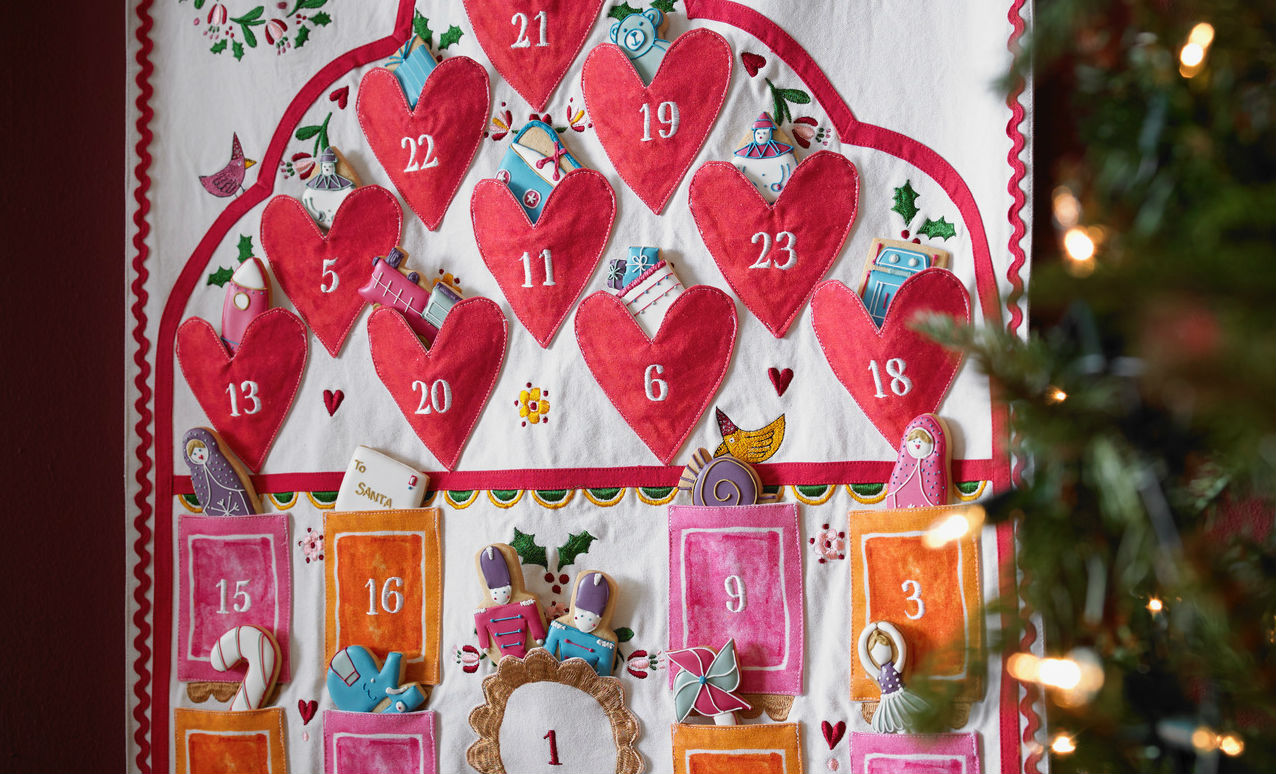 Best luxury advent calendars for Christmas 2019
Best luxury advent calendars for Christmas 2019In Depth Make the countdown to Christmas Day even more exciting this year